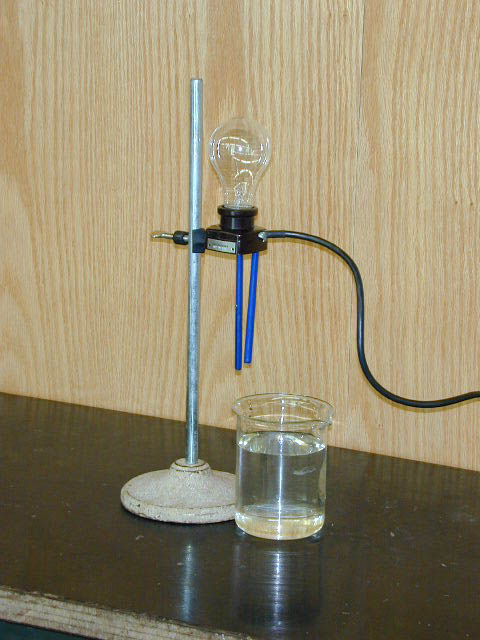
Grade level: 6
Time required: 25-30 class meetings (a very time-intensive project)
Cost: $120 for syringes, $20 for tubing, $30 for nuts and bolts. $0 for scrap donated wood
MA frameworks: Technology/Engineering 1.1, 1.2, 1.3, and 2.1 - 2.5.
This activity challenges the students to work in and between groups to develop a hydraulically-operated mechanical arm. The smaller groups develop the three components of the arm (hand, arm, shoulder) while the larger groups must design and build the connections between their components. Focus is on the design process, working with groups, communicating with sketches and verbal instructions, and some simple machines concepts.
Link to the Hydraulic arm activity document.
 6th grade science students at the Beebe School can use the following links to research their robotic arm project:
6th grade science students at the Beebe School can use the following links to research their robotic arm project:












 if you would like to share your own work by adding posts to the blog.
if you would like to share your own work by adding posts to the blog.

